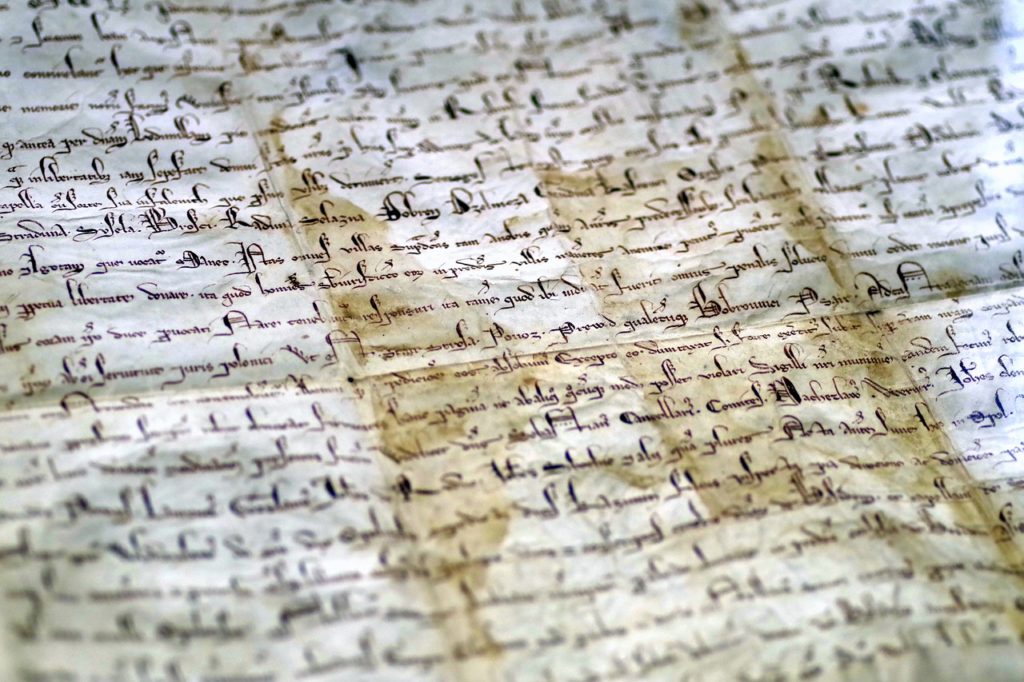
The MAPER Method
What are Primary Source Documents (PSDs)?
PSDs are resources that give students of history the ability to “eye witness” the past by using sources that are written or created by individuals or groups from the timeframe being investigated.
What are examples of PSDs?
Advertisements, Maps, Ephemera, Government Records, Cartoons, Diaries, Newspapers, Personal Records, Journals, Magazines, Cultural Artifacts, Images, Written Documents, Editorials and Personal Letters.
What is the purpose of using PSDs?
Using PSDs requires that the investigator use high level thinking skills: analysis, synthesis and evaluation to further their knowledge of the timeframe in question.
Is “deciphering” PSDs effectively difficult?
Some PSDs can be challenging but if students use one of the various PSD interpretation methods, then the task becomes manageable. For my classes we will use the MAPER method.
What is the MAPER method?
Quite simply the MAPER method stands for:
M= Motives and goals of the author
A= Argument and strategy the author uses to achieve goals
P= Philosophy and values found in the PSD (author’s and your own!)
E= Evaluating the truth of the author’s view (is it biased?)
R= Relevancy to other PSDs and texts (i.e. textbook)
How is the MAPER method used?
First, the investigator needs to ask the following questions of the document.
M-Who is the author(s) and what is their connection to the issue being addressed? What is at stake for the author(s) in the PSD (how do they benefit or get hurt?)? What is the author’s thesis (stated or implied)?
A-How does the author present their argument? What evidence doe the author(s) utilize in their PSD? Explain the author’s point (s). Are the author’s points creditable? Why or why not?
P-How does the philosophy and values of the author(s) compare and contrast to the prevailing views of the timeframe? How does the philosophy and values presented by the author(s) compare to today? To your own personal philosophy and values?
E-How creditable is the author’s viewpoints to the period. If biased, give example of how they present their bias. Why does the author(s) feel this way? If the author is creditable even though biased is their viewpoint important to the period? Why or why not?
R-What is the relevancy of this PSD to other PSDs and other sources? What evidence is common? What evidence is dissimilar? Are there examples of the same evidence interpreted differently? Give examples and an explanation (when possible).
Why bother to use PSDs?
Because the past does not change but the interpretation given to can change. The interpretation of history continually varies depending upon the evidence used and acceptable as reliable sources to make sense of it! PSDs allow students of history to make sense and meaning of the past, this then allows them to understand or predict how it will affect the future.
